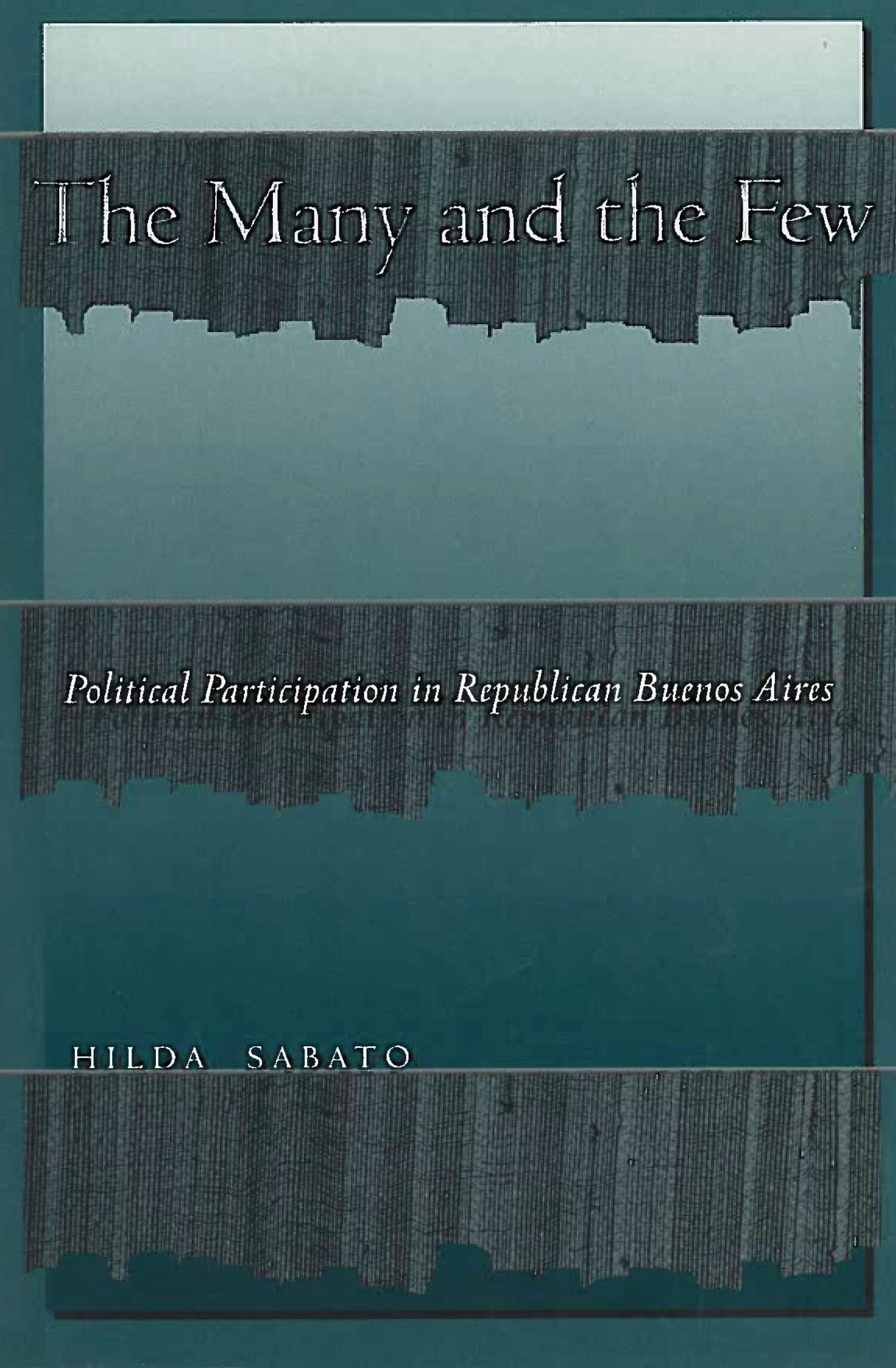Pearl Harbor

For decades the controversy has raged: Was the Pearl Harbor disaster a result of criminal negligence by military officers in the Pacific theater? Was it, as some have claimed, a deliberate plot by the President in Washington?
It seems unlikely that a country could have so many warnings pointing to the danger, and yet be so unprepared for the event itself. American intelligence could read top-secret Japanese codes and the U.S. was therefore in a posistion to transmit vital information to American commanders throughout the world. Most of the time Washington was able to predict both Japan's diplomatic moves and its military deployments. But, as this carefully documented book shows, the outlines of danger look sharp today because the disaster has occurred, and an entirely different image emerges upon reconstructing in detail the intelligence picture as it looked to the participants before the event.
In 1941 the pieces of the puzzle were dispersed in a number of government agencies. Some were lost in the noise of signals pointing in other directions—toward a Japanese advance southward or into Siberia; some were slowed by the normal barriers of bureaucracy; and some were silenced by security requirements. At the center of the decision no one had completed the puzzle.
Above all, this book reminds us sharply that detecting a surprise attack will be more difficult in the era of the H-bomb. As the Foreword states: "The danger is not that we shall read the signals and indicators with too little skill; the danger is in a poverty of expectations—a routine obsession with a few dangers that may be familiar rather than likely."




